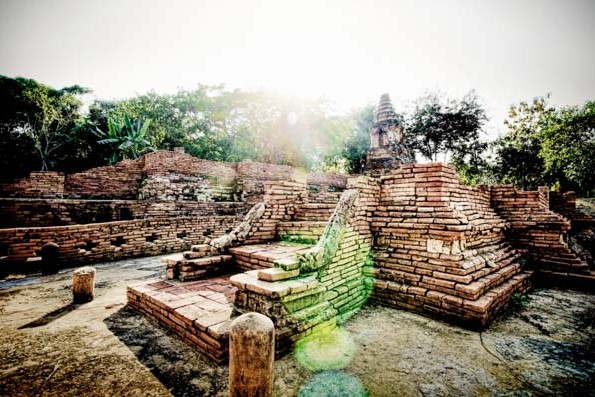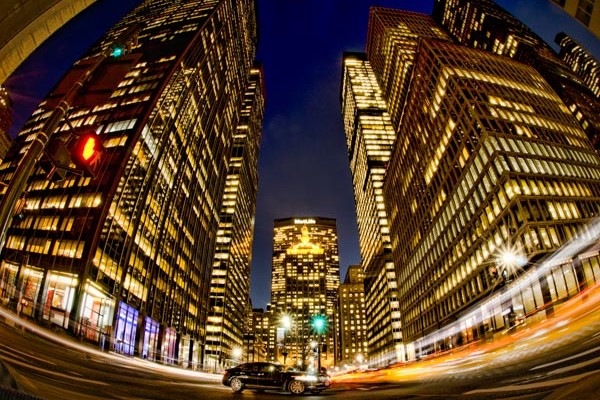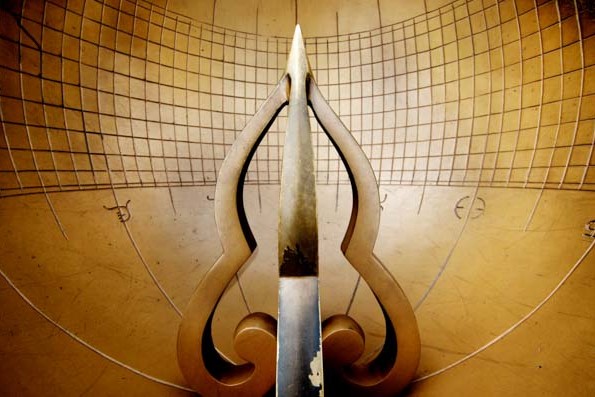Machu Picchu was shrouded by fog for hundreds of years.
Once a thriving Incan city, it was abandoned in 1572 to avoid capture by the invading Spanish conquistadors.
Today, it is one of the most sacred historical sites in the world.
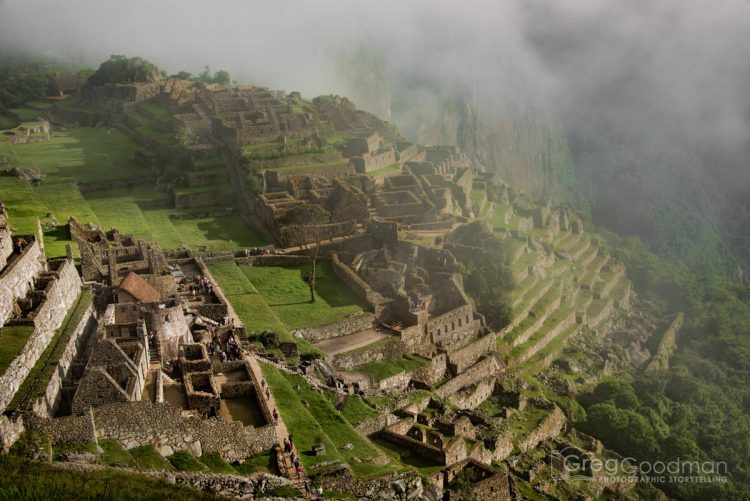
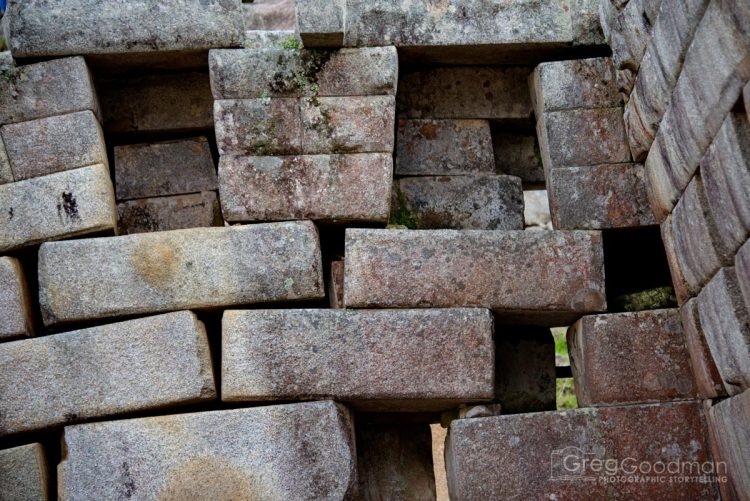
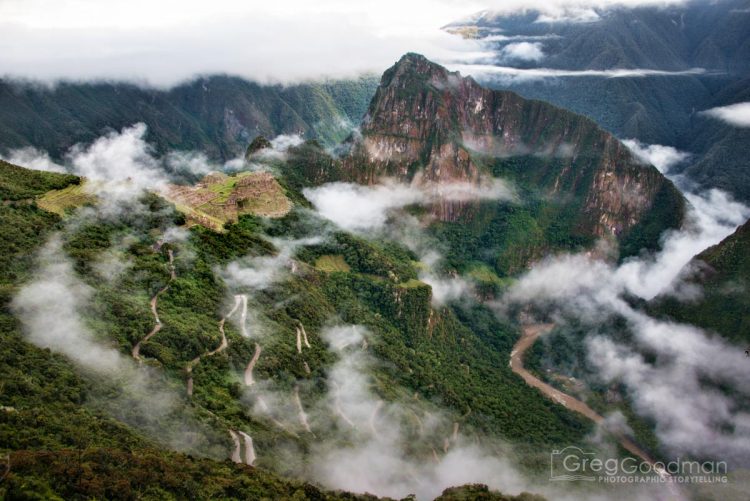
What Was Machu Picchu?
Although it has been extensively excavated and reconstructed, Machu Picchu’s true purpose remains a mystery.
Archaeologists and historians have four main theories:
- Machu Picchu was the last Incan city.
- Machu Picchu was a temple for the Virgins of the Sun.
- Machu Picchu was a royal retreat.
- Machu Picchu was an homage to a sacred landscape.
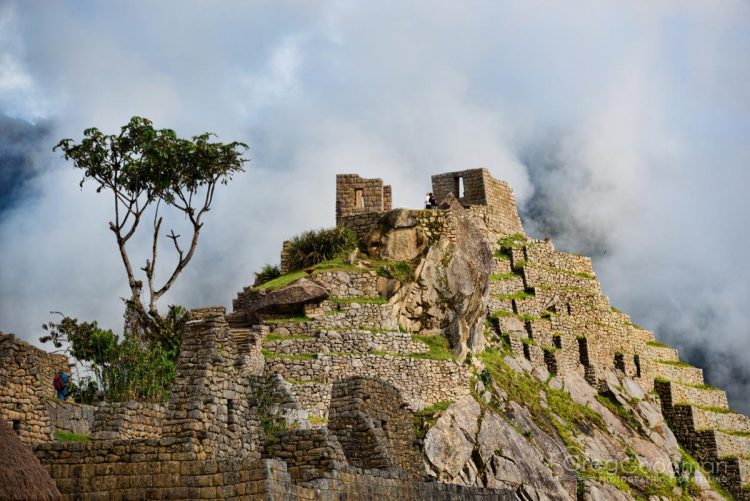
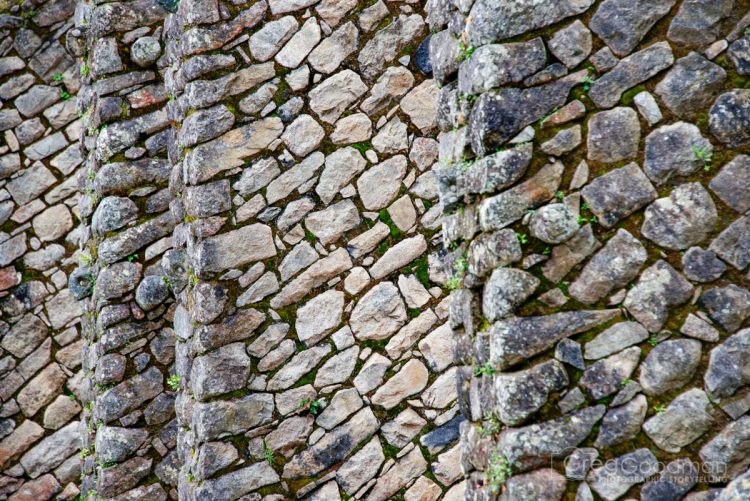

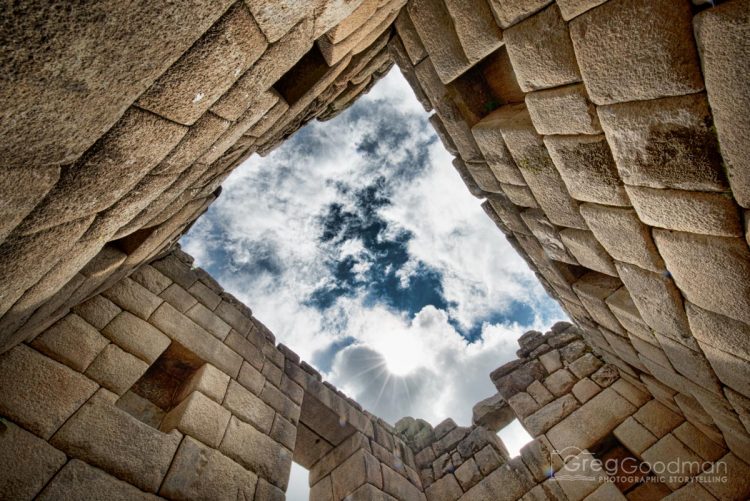
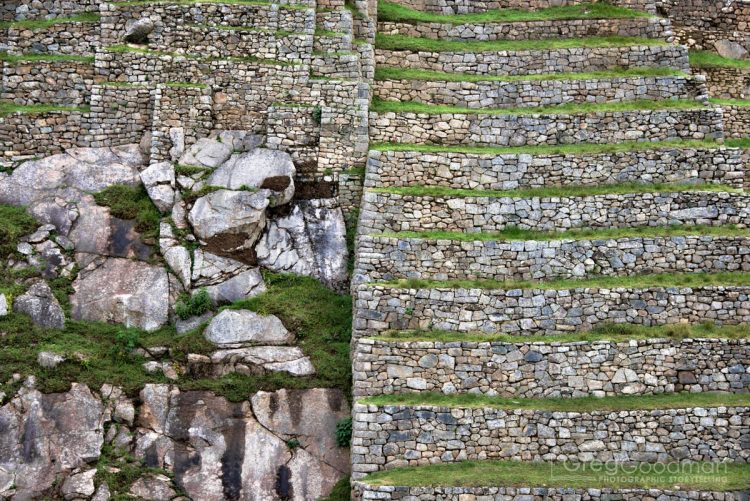
Sunrise at Machu Picchu
As sunrise casts away night’s shadow, golden rays of light illuminate the ancient citadel.
Buildings and stones are covered by a gentle yellow hue; while a florescent green aura envelopes the surrounding mountains.
Meanwhile, fog and clouds swirl throughout; demonstrating how the ruins remained undiscovered for centuries.
It’s like Machu Picchu was designed for sunrise.
In fact, it kinda was.
The citadel’s holiest building – El Templo del Sol (the Sun Temple; or Torreón) – has windows that are perfectly aligned with the sun’s position on the summer and winter solstices.
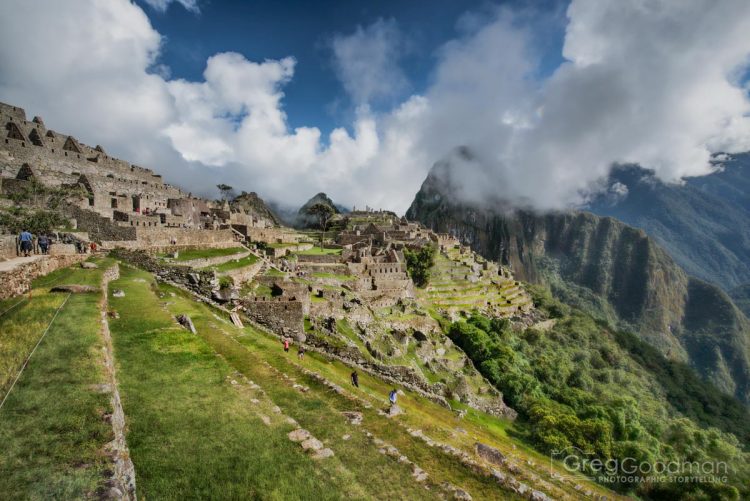
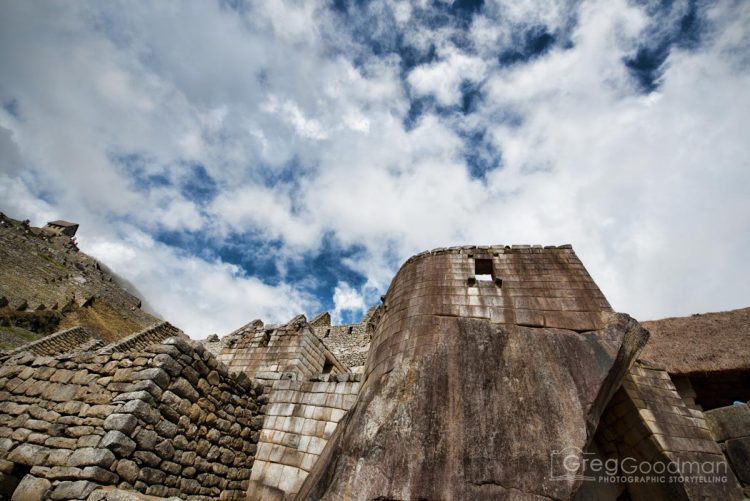
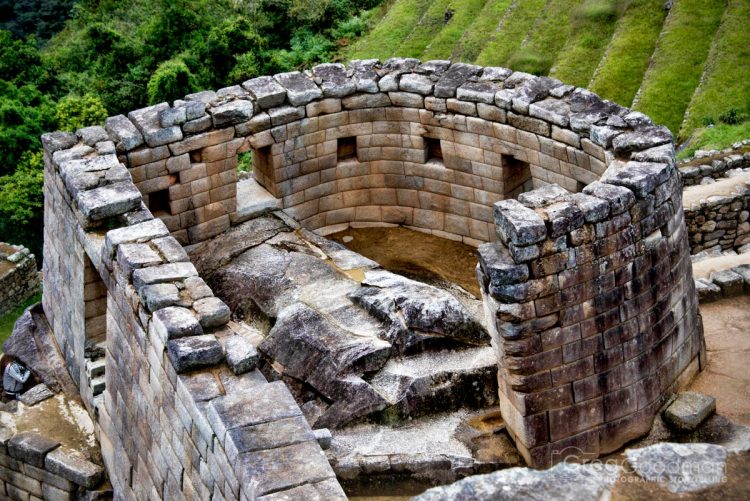
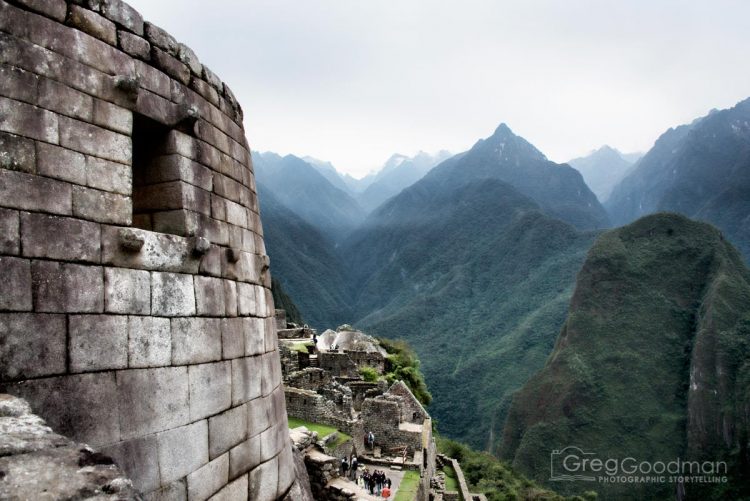
Sunrise at the Sun Gate
For those arriving via the Inca Trail, the Sun Gate offers that first magical first glimpse of Machu Picchu.
As I wrote in my journal,
“After a rapid pre-dawn hike, we arrived at the Sun Gate to find a wall of clouds blocking our view.
However, as if waved away by the hand of Pachamama, the ocean of white gave way to the majestic sight before us.
First, the peak of Hyana Picchu became visible.
Then, there it was: Machu Picchu.
I spent the next few minutes alternating between making photographs and jumping around like a kid on Christmas morning.
Before I knew it, it was time to finish the hike and enter these sacred ruins.”
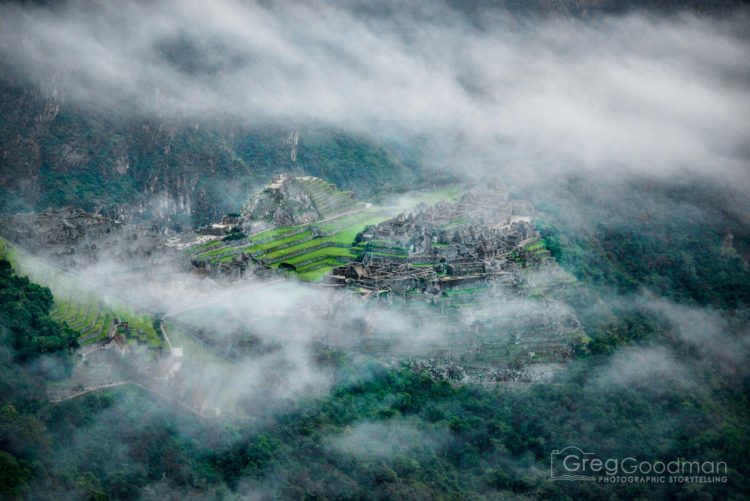
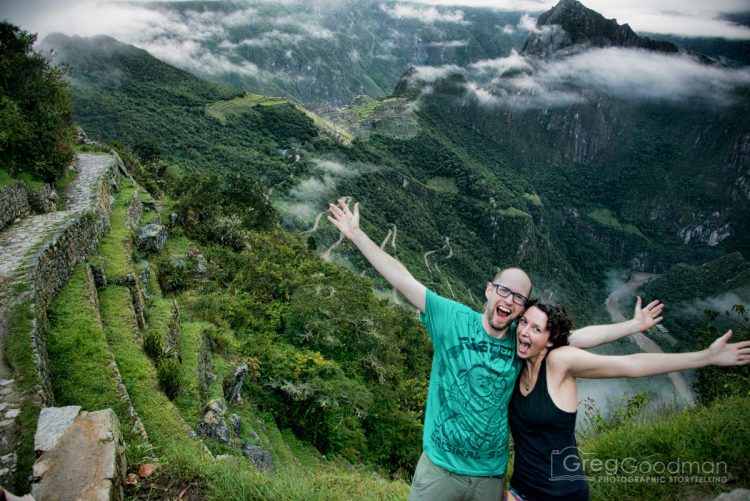
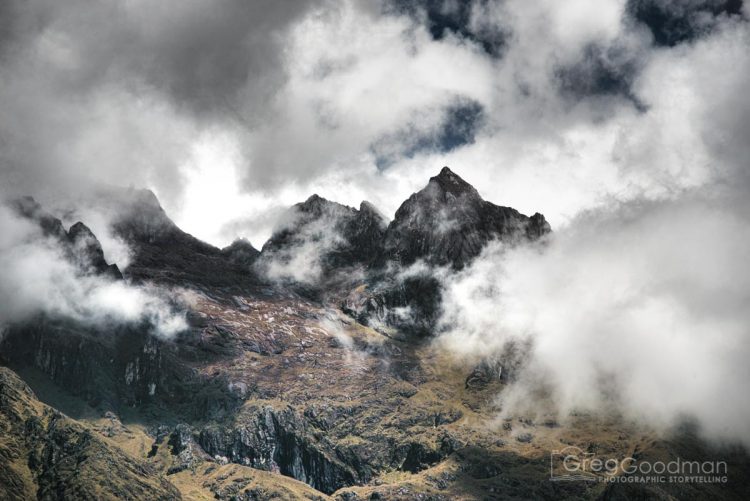
Conserving Machu Picchu
As the most important and popular tourist destination in South America, Machu Picchu’s popularity has grown faster than its conservation efforts.
This has caused a boom in nearby tourism-related construction; often, with no regard for its impact on the environment.
Additionally, according to our guide, the citadel is slowly sinking.
All these factors led the Peruvian government to limit entry to 2,500 people per day.
However, as per my recent experience, if a particular day is sold out, the office just prints a ticket for the following day and changes the date with a pen.
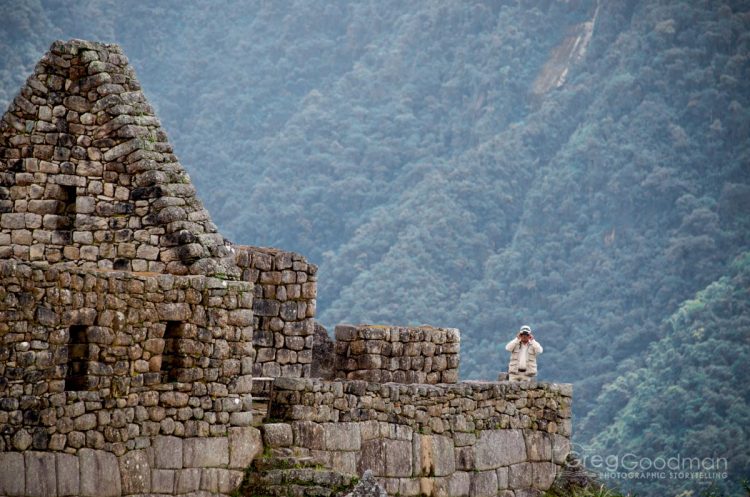
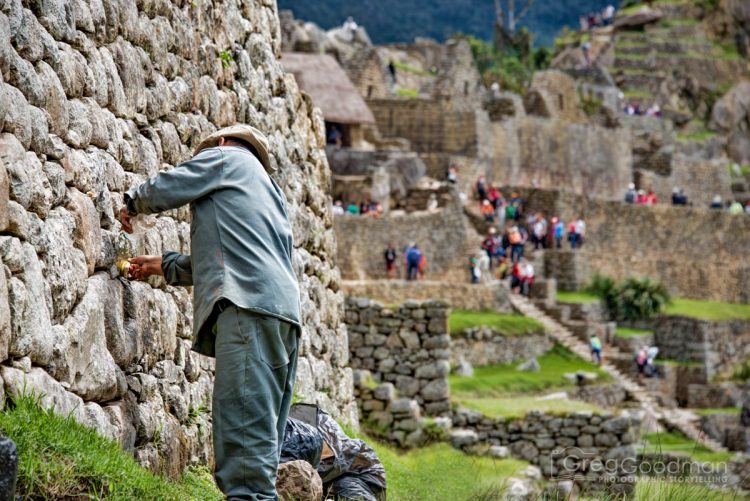
Stones, Stones, Stones!
Incredibly, Machu Picchu was constructed without a single drop of mortar.
Using the ancient Incan technique known as ashlar, stone blocks were precisely cut and positioned in an interlocking formation.
The technique was so masterful that – even today – it’s impossible to squeeze a knife between many stones.
Rolling Stones
Archaeologists believe that no wheels or iron tools were used during construction.
Instead, hundreds of men pushed the site’s heavy stones up the mountainside.
Imagine what that must have been like!
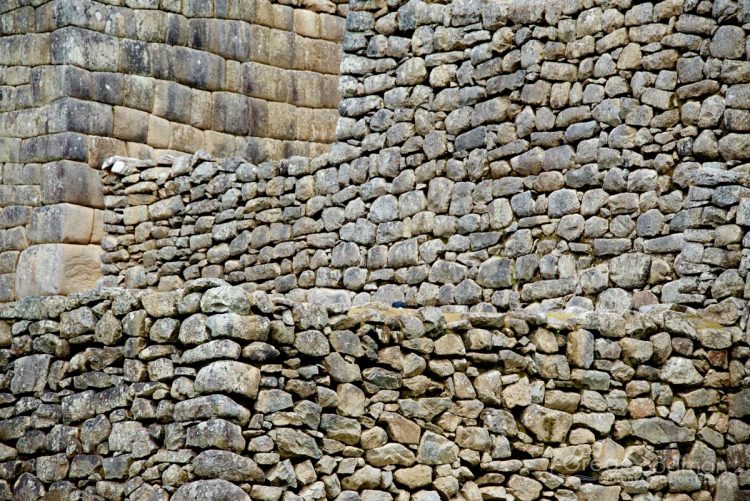
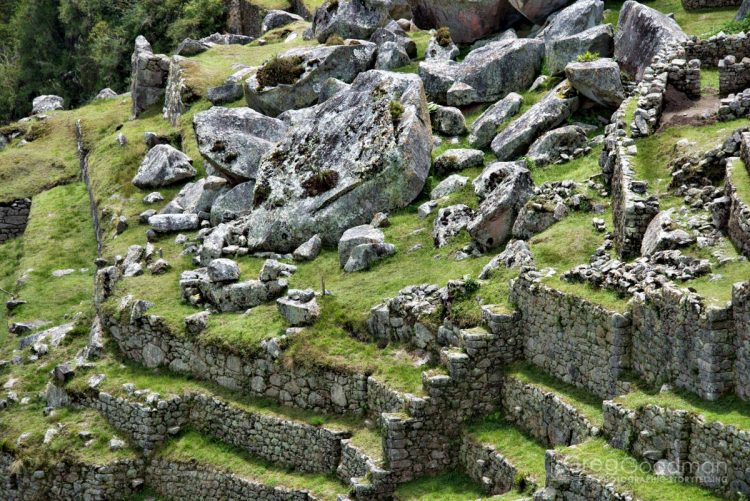
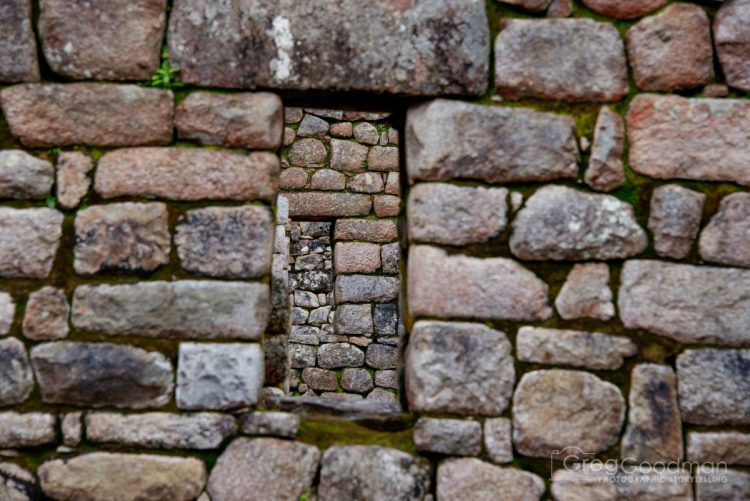
Tips for Visiting Machu Picchu
Perhaps my #1 tip is to get there as early as possible!
If you’re coming from Aguas Calliente, buy your bus ticket the night before.
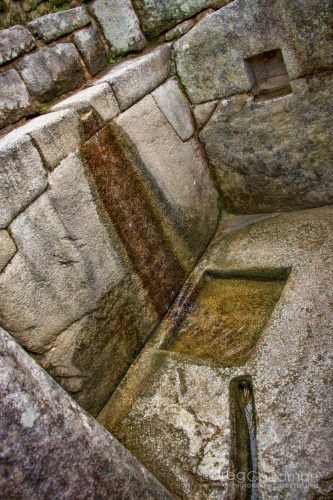
The first departure is at 5am; and, by then, the ticket line often is longer than the line to board.
As the sun rises, climb up to the lookout point by the guardhouse and snap your postcard shot.
Then, keep going up towards the Inca Bridge and settle in on one of the retaining walls.
At this time of day, they offer an amazing view of the clouds passing over the citadel: without the crowds.
Finally, make your way down into the main site and take advantage of that beautiful early morning sunlight on the ruins.
But act fast… Machu Picchu is already crowded by 8am.
By 10am, big tour buses have arrived from all around Peru.
From above, the tourists look like ants flocking to a picnic.
By noon, the sun is beating down and you’ll probably want to be on a bus heading back to Aguas Calliente to enjoy the hot springs.
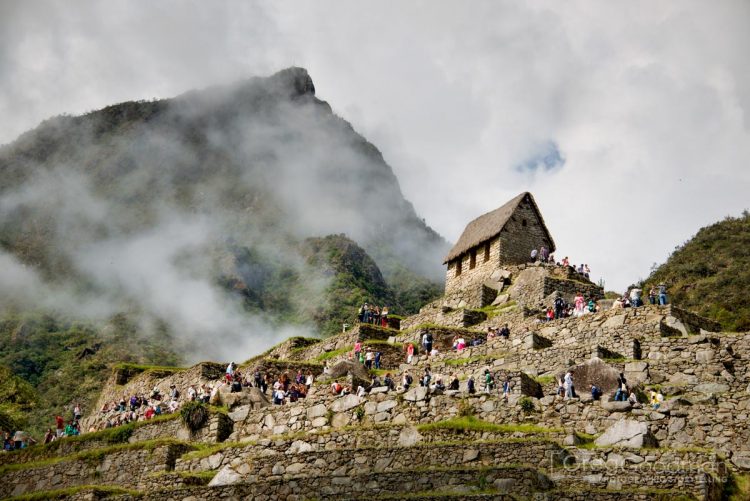
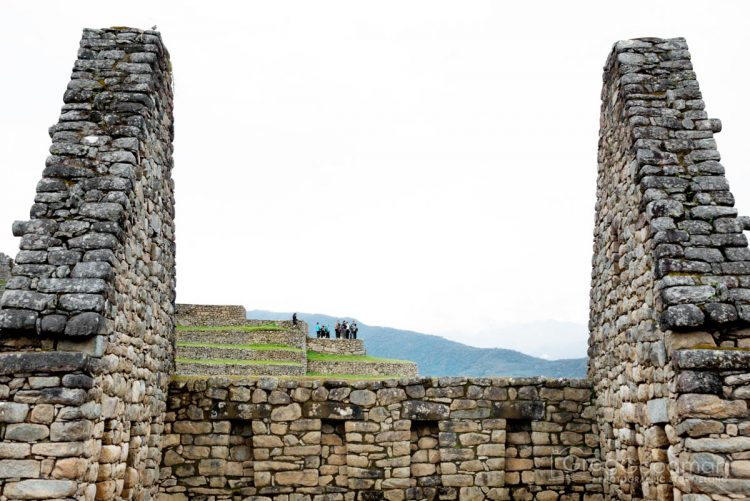
Silly Rules and Yoga in Machu Picchu
Recently, Machu Picchu had a problem with tourists streaking and snapping nude photos.
As a result, strict new rules have been implemented to protect the site’s integrity.
One rule is that acrobatics are not allowed Machu Picchu.
Neither are yoga mats.
However, my wife and I didn’t know this until she began to do Acro Yoga in the citadel.
A guard quickly came over to scold us; but, we got the photo anyway.
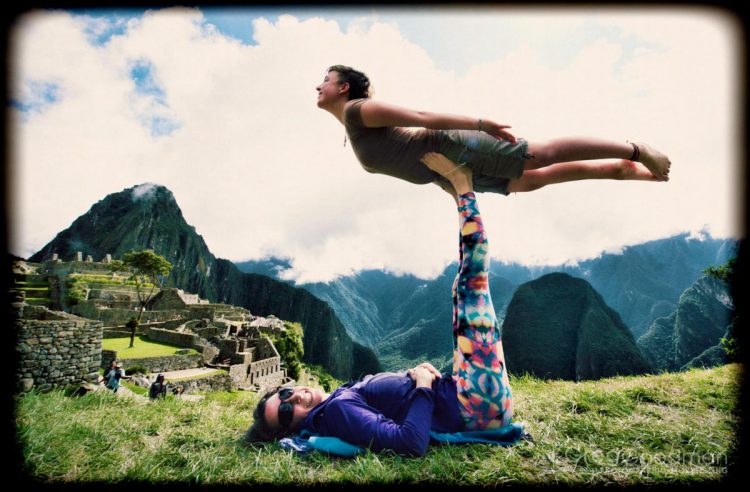
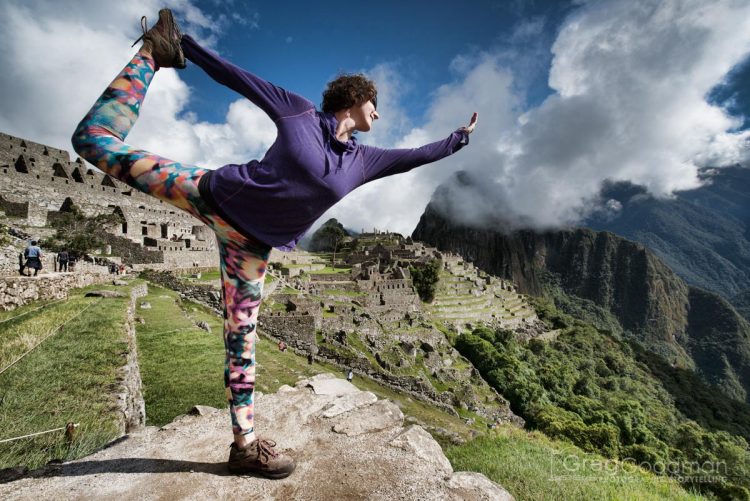

Fun Facts About Machu Picchu
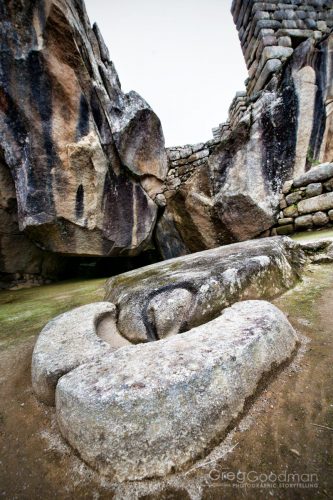
Approximately 30% of the site has been reconstructed.
Machu Picchu was named a UNESCO World Heritage Site in 1983.
In 2007, it was voted one of the New Seven Wonders of the World in a worldwide Internet poll.
In 2008, Machu Picchu was placed on the Watch List of the 100 Most Endangered Sites in the World by the World Monuments Fund.
There is a second city buried underneath the ruins of present-day Machu Picchu.
The Incan empire only reigned for around 100 years.
Machu Picchu was never finished.
There is also an ongoing battle between Yale and the government of Peru. Due to Hiram Bingham’s discovery of the site and removal of artifacts, the government and Yale are in a dispute over the artifacts themselves.
(sources: Science Kids | MachuPicchu.org | SoftSchools)
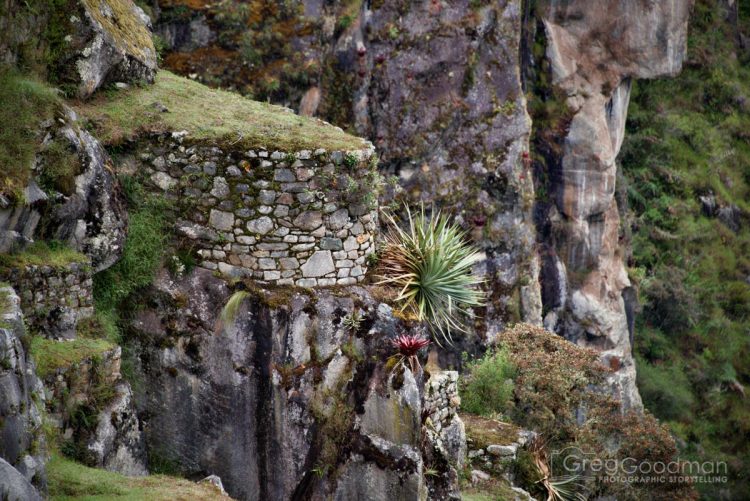
Photography From Machu Picchu
No more stories; just a few more of my favorite photographs from Machu Picchu.
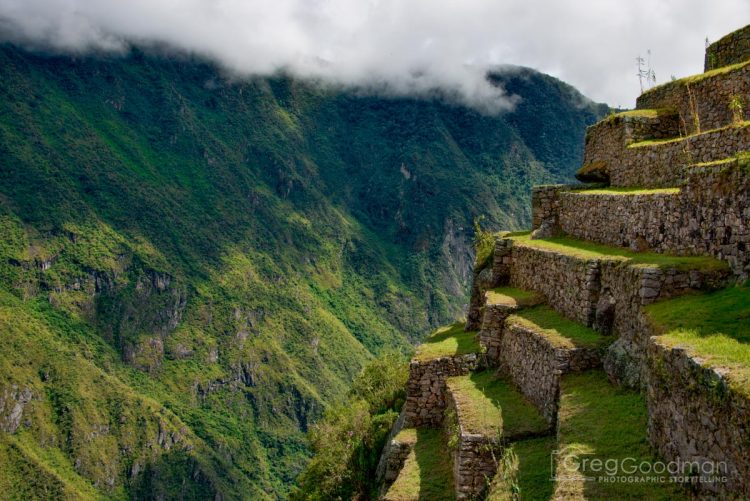
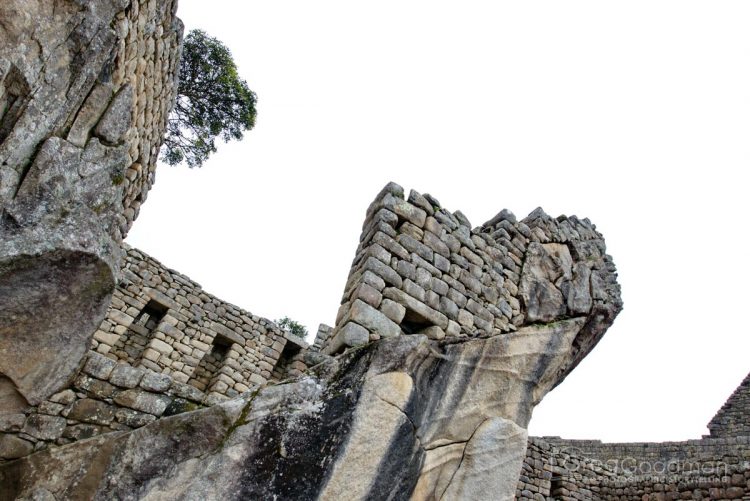
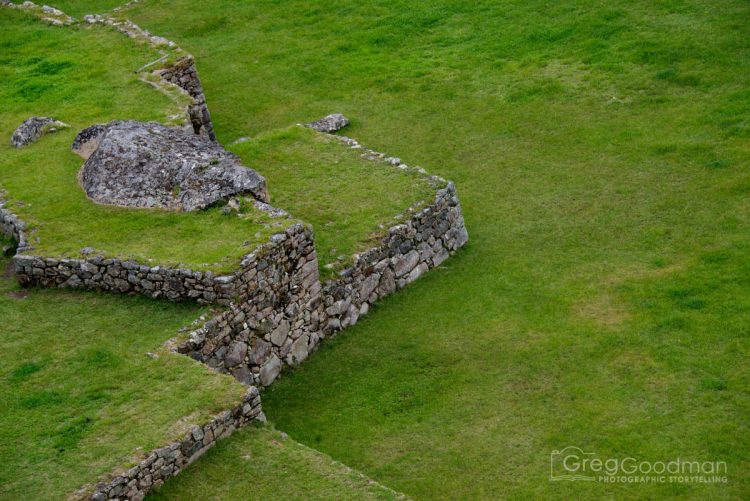
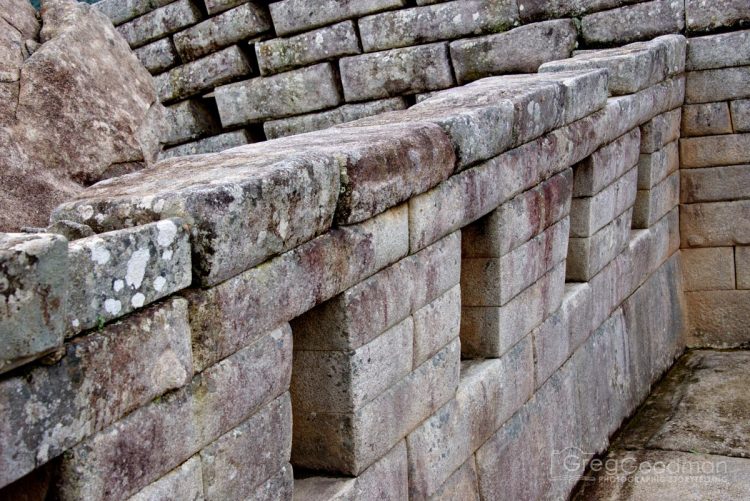
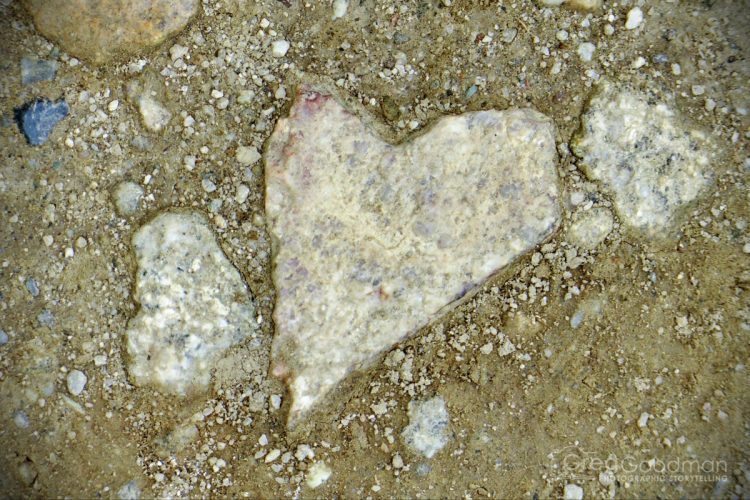
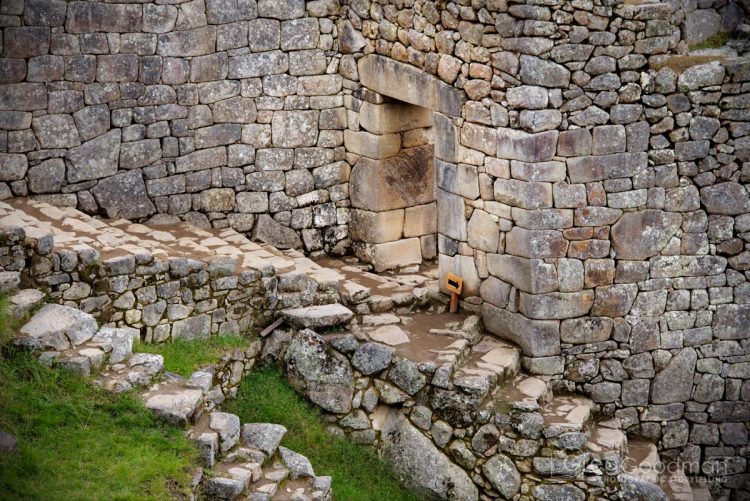
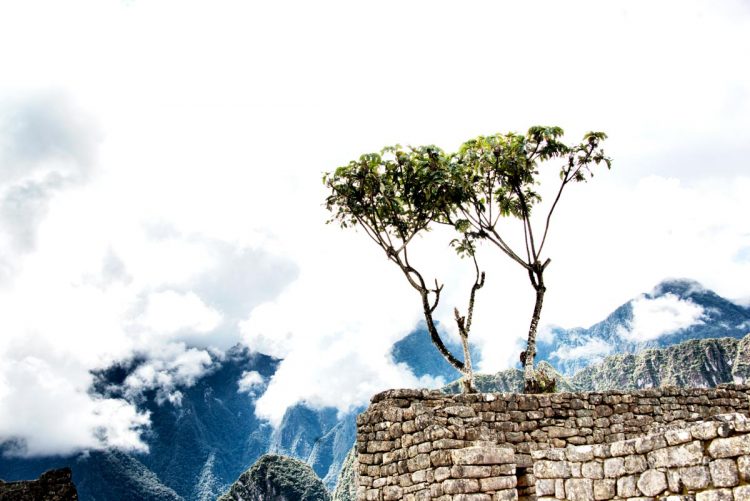
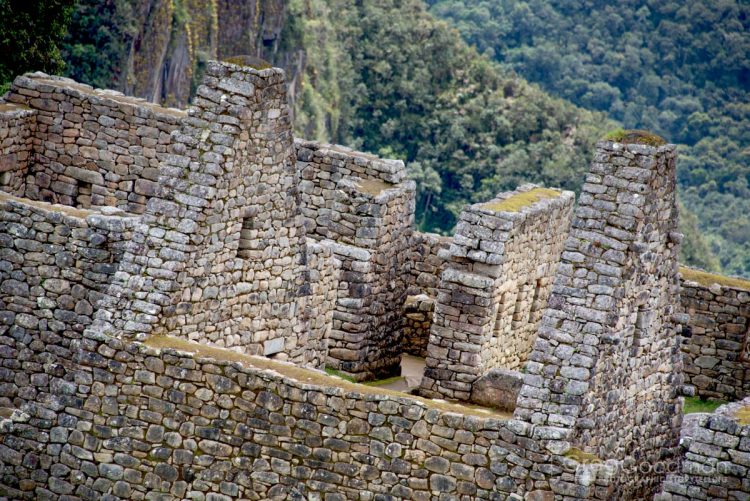
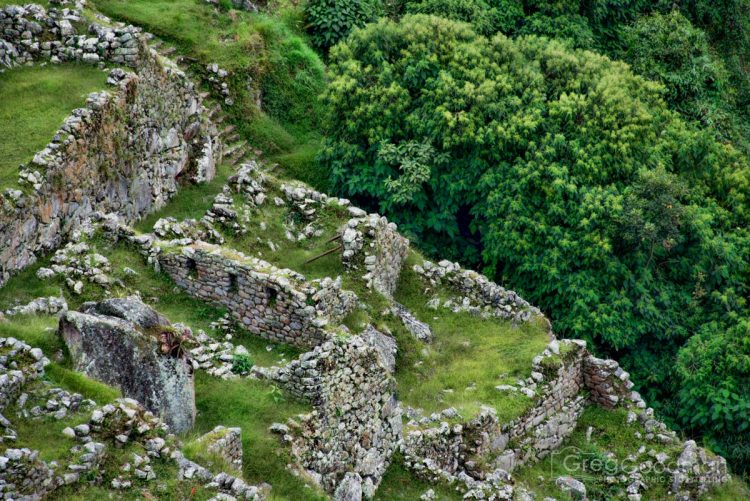
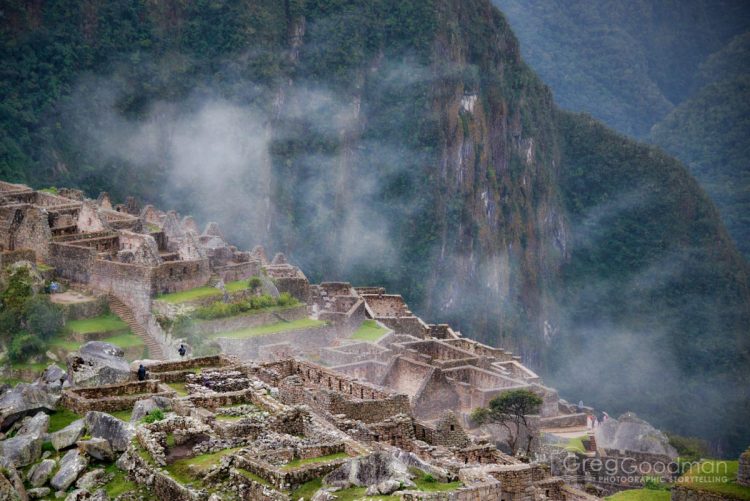
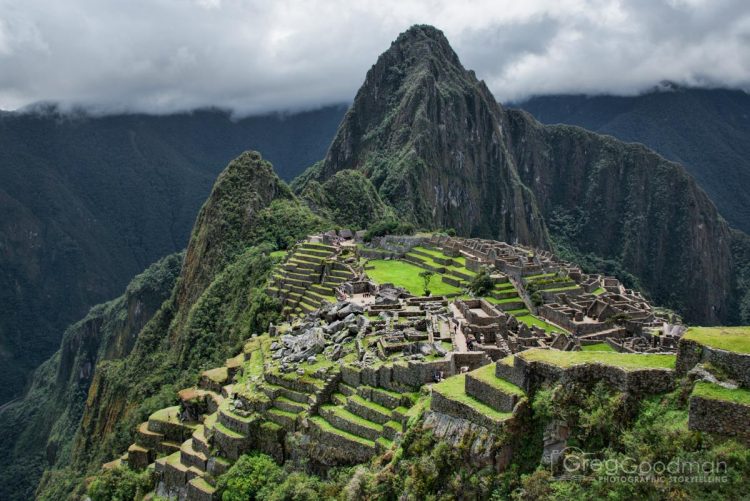
Click here to take a virtual journey
along the Inca Trail
or, for the comments section…
Have you visited Machu Picchu?
Where is your favorite ruin in the world?
EXPLORE SOMEWHERE NEW
BUY A PRINT
All photos on this site are available as limited edition fine art photographic prints. Please get in touch for sizes and rates.


